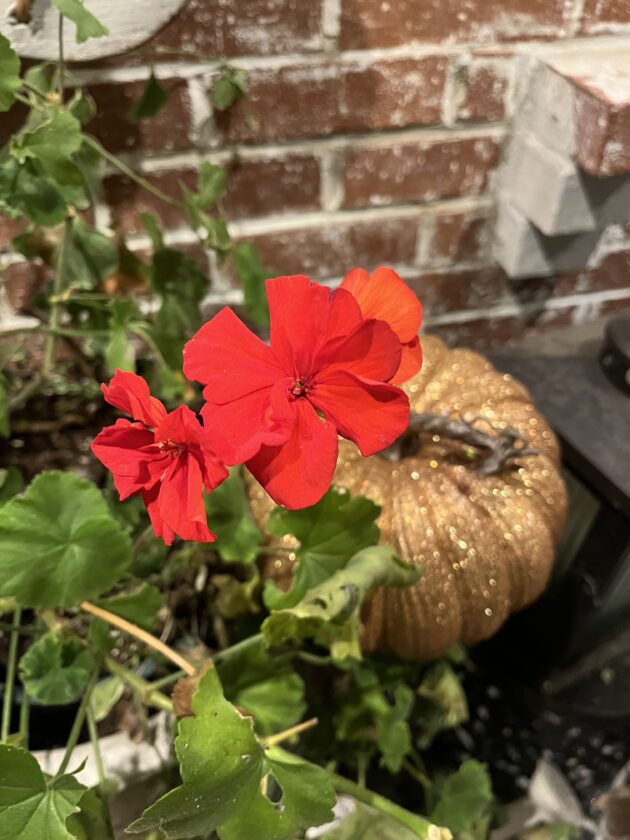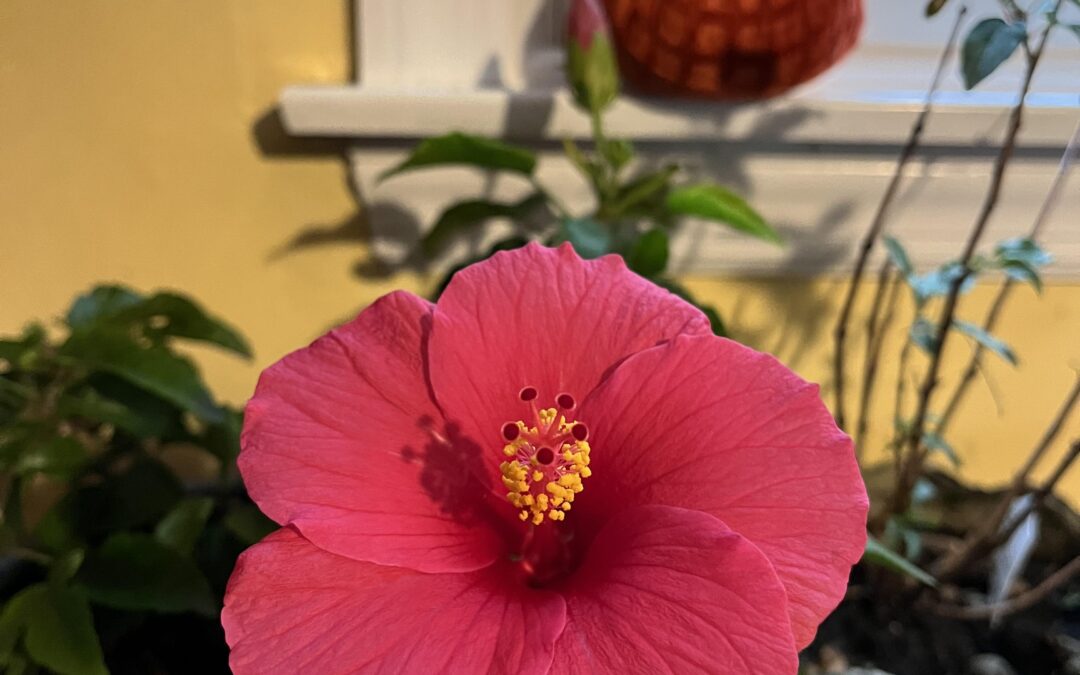Now that cooler evenings are here to stay, you have a decision to make about whether or not to overwinter your tender plants indoors. Left to fend for themselves, plants such as hibiscus, geranium and coleus will succumb to freezing temperatures. They would become part of the compost or trash pile and would need to be repurchased year after year. However, another option would be to bring these tropical and tender plants indoors and let them hang out with you during the winter. Not only does this preserve your plants for another year, but you will bring life into your home during the dreary days of winter.
Depending on the type of plant and your own preferences, you have several options for overwintering your plants. Begonia, fuchsia, hibiscus, lantana and geranium plants can be trimmed down to size, washed with a spray of water or insecticidal soap to remove stowaway pests, placed in a pot with good drainage and fresh potting soil, and brought inside as a houseplant. Place in a sunny window and water sparingly to avoid root rot.
Another option would be to take stem cuttings in order to “clone” your favorite plants. This is a good idea even if you are using another method to overwinter your plant, since rooted stem cuttings will give you extra “free” plants and provide a backup should the other methods fail. You can experiment with rooting in water or in soil using rooting hormone. One year, a fellow gardener gave me “sticks” of brugmansia, also known as angel’s trumpet. I rooted these stem cuttings in both soil and water and had well-established roots by spring. That summer, I had the most amazing trumpet flowers. The cycle ended when I forgot to make my own cuttings when the weather grew cold, and I lost the entire plant. Good candidates for stem cuttings are coleus, geranium, plumeria and begonia.

An alternative method allows the plant to go into dormancy for the winter. This is a tried and true, age-old method for overwintering plants such as geraniums. First, gently remove the plants from the soil and shake excess soil from the roots. Then remove the flowers and any parts of the plant that look diseased or damaged. Prune your plant to about half its height. Now you can store this bare-root plant in an unheated garage, basement, or three-season room in a cool, dark space. The plants can be kept loosely in a box or brown paper bag with good air circulation, or hung upside down. You should not store them in a plastic bag, because this may cause your plants to rot. About once per month, inspect your dormant plants. They should be dry, but not shrivelled or brittle. If your bare-root plants seem excessively dry, you can soak them for about an hour in lukewarm water, then remove them from the water, shake off excess water, and allow them to dry before returning them to the box or paper bag. When spring arrives, wake up your plant by rehydrating it and potting it up. Place in a sunny window and keep it watered, but well-drained. In a few weeks, you should see signs of life, and the cycle can begin anew.
We would love to hear about your plants that have been overwintered. Geraniums can be grown for years if they are properly stored as bare-root plants. Take cuttings of your favorite plants, and you will have extras to share with friends in the spring. Send your questions or anecdotes to shorelocalgardener@gmail.com.
Tammy Thornton lives with her husband, children, and crazy pets while enjoying a life of gardening, cooking, and going to the beach.













